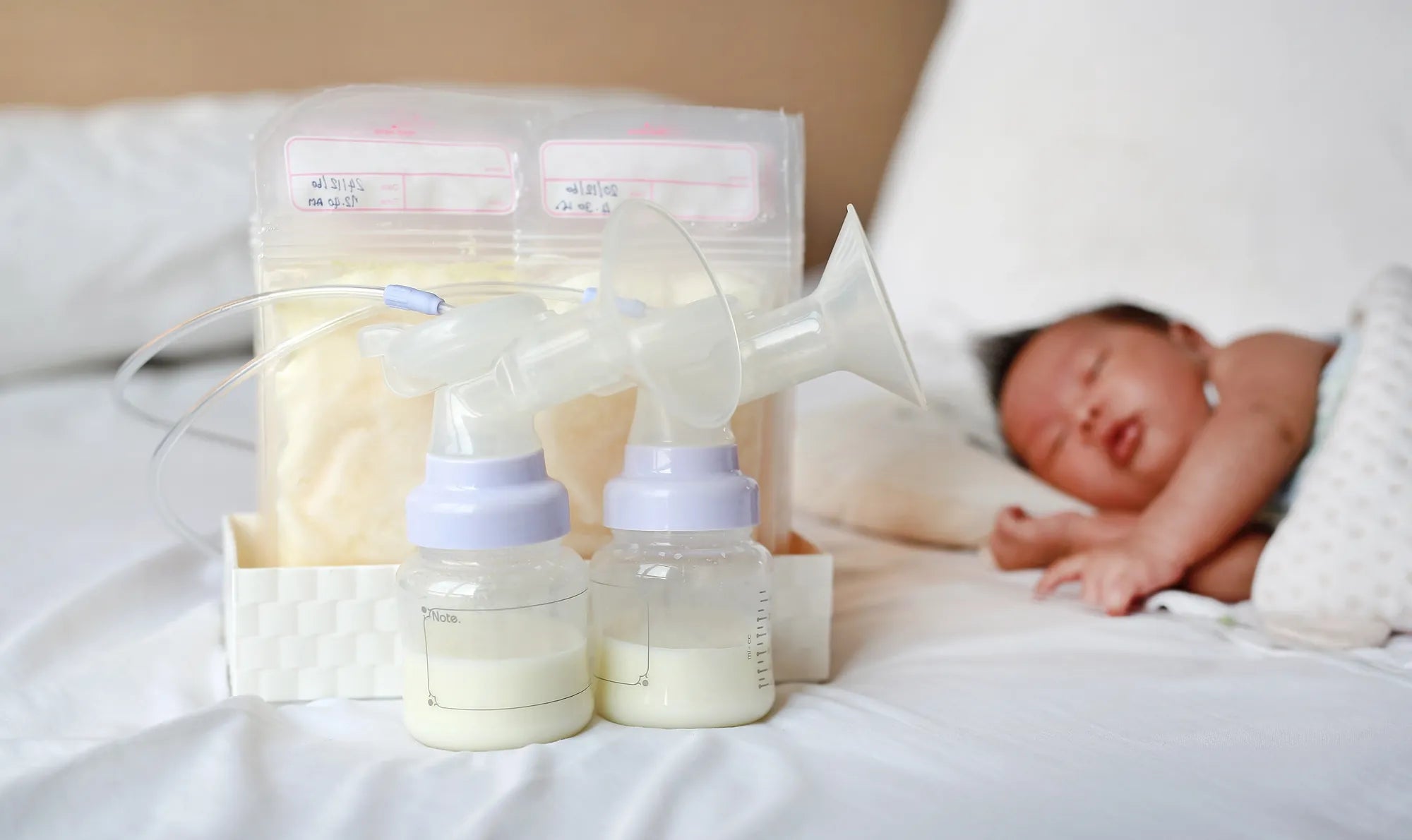Home
Pregnancy, Breastfeeding, and Pumping: The Ultimate Guide for Moms
How to Pump Engorged Breast: A Comprehensive Guide for Comfort and Relief

How to Pump Engorged Breast: A Comprehensive Guide for Comfort and Relief
Breast engorgement can be an uncomfortable and sometimes painful experience for many breastfeeding mothers. Knowing how to pump engorged breast effectively can make a significant difference in your comfort and overall breastfeeding experience. This comprehensive guide will walk you through the steps, tools, and techniques to help you manage engorgement with ease.
Understanding Breast Engorgement
Breast engorgement occurs when your breasts become overly full of milk, often leading to swelling, tenderness, and discomfort. This condition is common in the early days of breastfeeding but can occur at any time. Understanding the causes and symptoms of engorgement is the first step in managing it effectively.
Why Pumping is Essential
Pumping engorged breasts can help relieve pressure, reduce pain, and prevent complications such as blocked ducts or mastitis. Regular pumping ensures that your breasts are adequately emptied, promoting a healthy milk supply and reducing the risk of engorgement.
Preparing to Pump
Before you start pumping, it's essential to prepare yourself and your equipment. Ensure that your breast pump is clean and in good working condition. Create a comfortable and relaxing environment to help stimulate milk flow. Warm compresses or a warm shower before pumping can also help soften the breast tissue and make pumping more comfortable.
Step-by-Step Guide to Pumping Engorged Breasts
Follow these steps to pump engorged breasts effectively:
- Relax and Get Comfortable: Find a quiet, comfortable place to sit. Take a few deep breaths to relax your body and mind.
- Use Warm Compresses: Apply a warm compress to your breasts for a few minutes to help soften the tissue and stimulate milk flow.
- Massage Your Breasts: Gently massage your breasts in a circular motion, starting from the outer edges and moving toward the nipple. This can help loosen any blockages and encourage milk flow.
- Start Pumping: Begin pumping at a low suction level to avoid discomfort. Gradually increase the suction as your milk starts to flow.
- Pump Until Relieved: Continue pumping until your breasts feel softer and more comfortable. Avoid over-pumping, as this can lead to increased milk production and further engorgement.
- Store or Use the Milk: Store the pumped milk in a clean container or use it to feed your baby.
Tips for Effective Pumping
Here are some additional tips to help you pump engorged breasts more effectively:
- Pump Frequently: Regular pumping sessions can help prevent engorgement and maintain a healthy milk supply.
- Stay Hydrated: Drinking plenty of water is essential for maintaining milk production and overall health.
- Use Proper Technique: Ensure that you are using the correct pumping technique to avoid discomfort and maximize milk output.
- Seek Support: If you're struggling with engorgement or pumping, don't hesitate to seek support from a lactation consultant or healthcare provider.
Managing Pain and Discomfort
While pumping can help relieve engorgement, you may still experience some pain and discomfort. Here are some strategies to manage these symptoms:
- Cold Compresses: Applying cold compresses after pumping can help reduce swelling and provide relief.
- Pain Relief: Over-the-counter pain relievers, such as ibuprofen, can help alleviate pain and inflammation. Always consult with your healthcare provider before taking any medication.
- Rest and Relaxation: Getting plenty of rest and practicing relaxation techniques can help your body recover from engorgement more quickly.
Preventing Future Engorgement
Preventing engorgement is key to maintaining a comfortable and successful breastfeeding journey. Here are some tips to help prevent future episodes of engorgement:
- Breastfeed on Demand: Feeding your baby on demand can help ensure that your breasts are regularly emptied.
- Avoid Skipping Feedings: Try to avoid skipping breastfeeding or pumping sessions, as this can lead to engorgement.
- Monitor Milk Supply: Keep an eye on your milk supply and adjust your pumping or feeding schedule as needed.
- Practice Good Breast Care: Proper breast care, including regular cleaning and moisturizing, can help prevent complications such as cracked nipples and infections.
Breast engorgement can be a challenging experience, but with the right techniques and tools, you can manage it effectively. By following this comprehensive guide on how to pump engorged breast, you can relieve discomfort, maintain a healthy milk supply, and continue your breastfeeding journey with confidence. Remember, seeking support from healthcare professionals and lactation consultants can provide additional guidance and reassurance. Take care of yourself and your baby, and enjoy the bonding experience that breastfeeding brings.
Share

